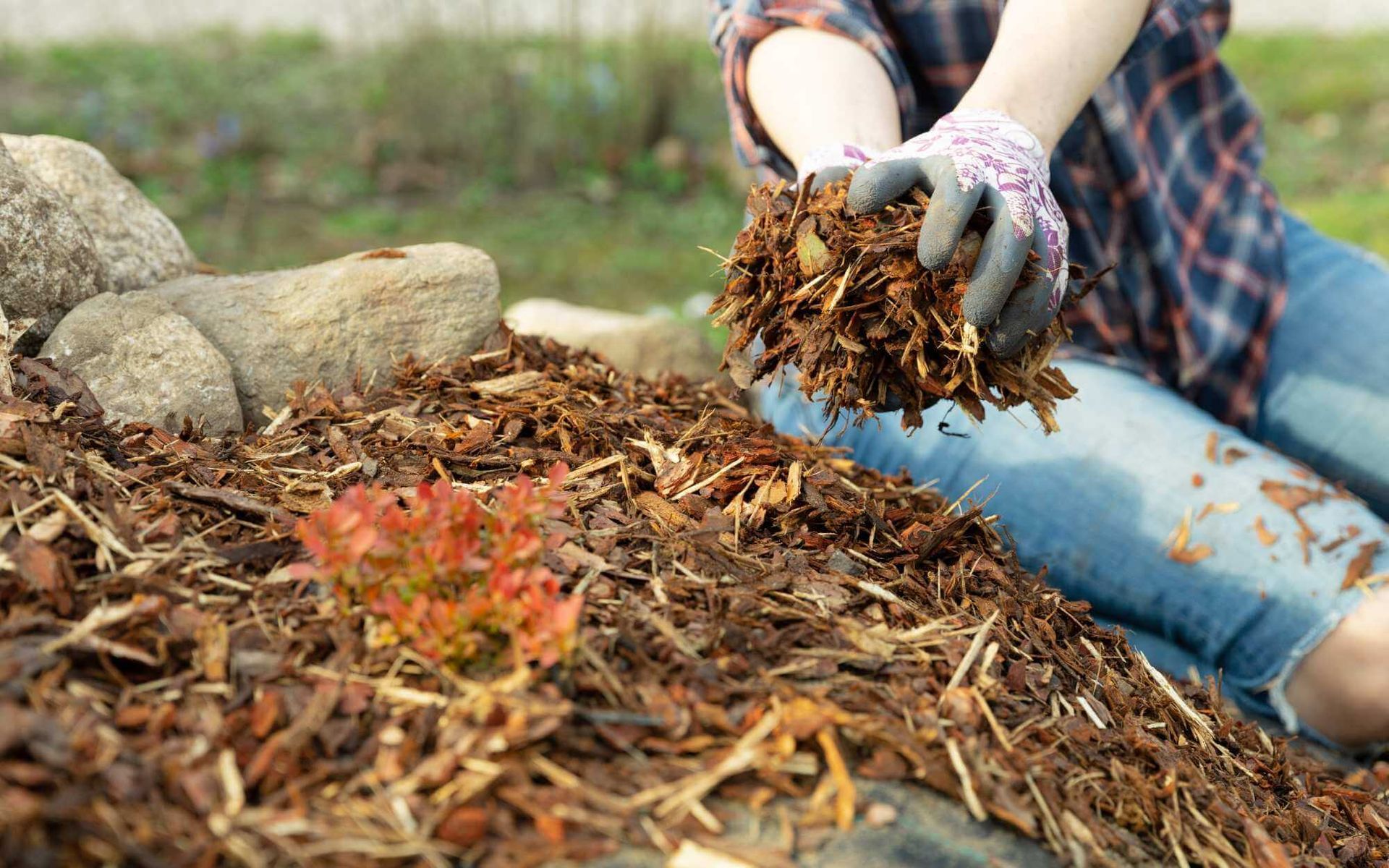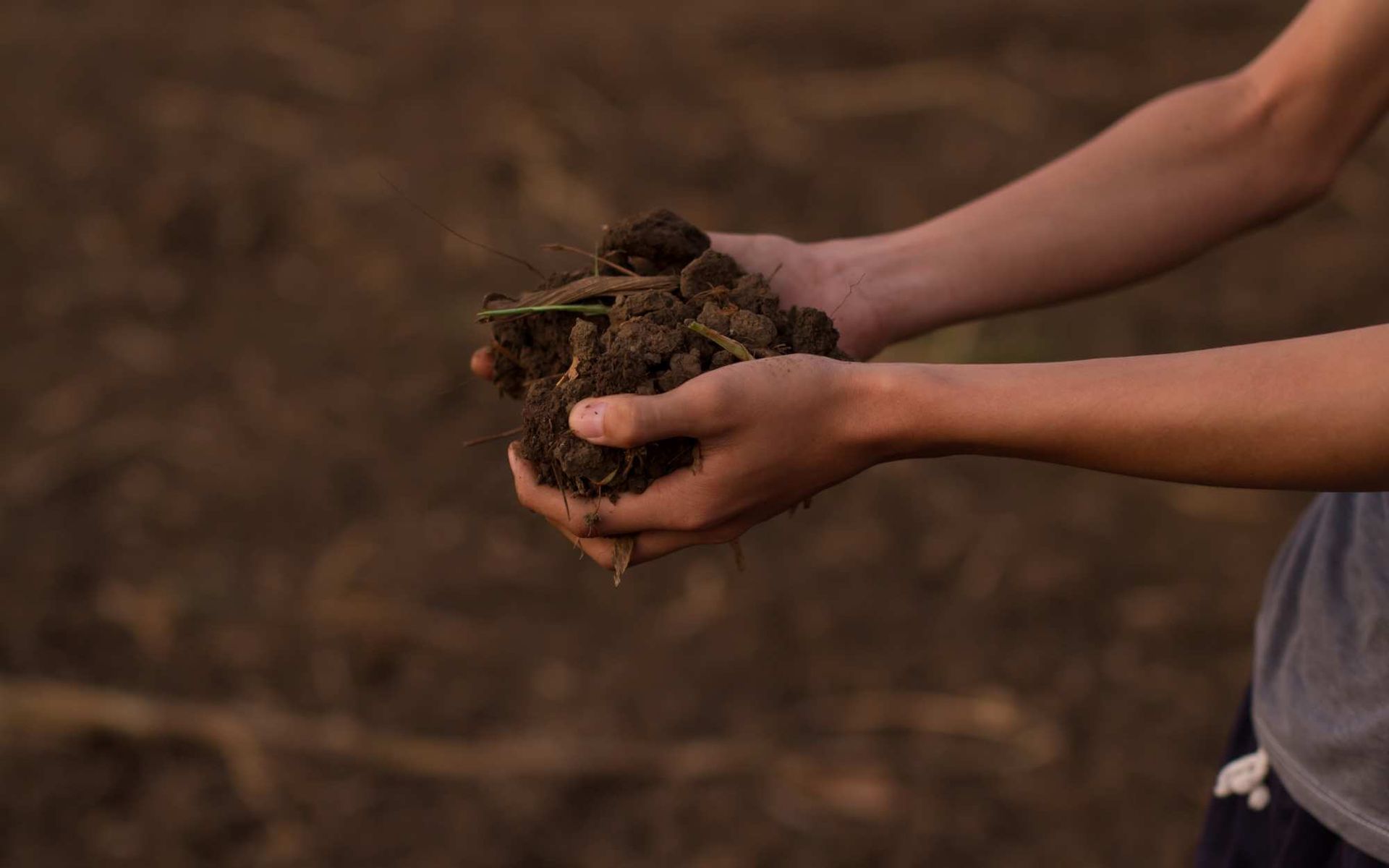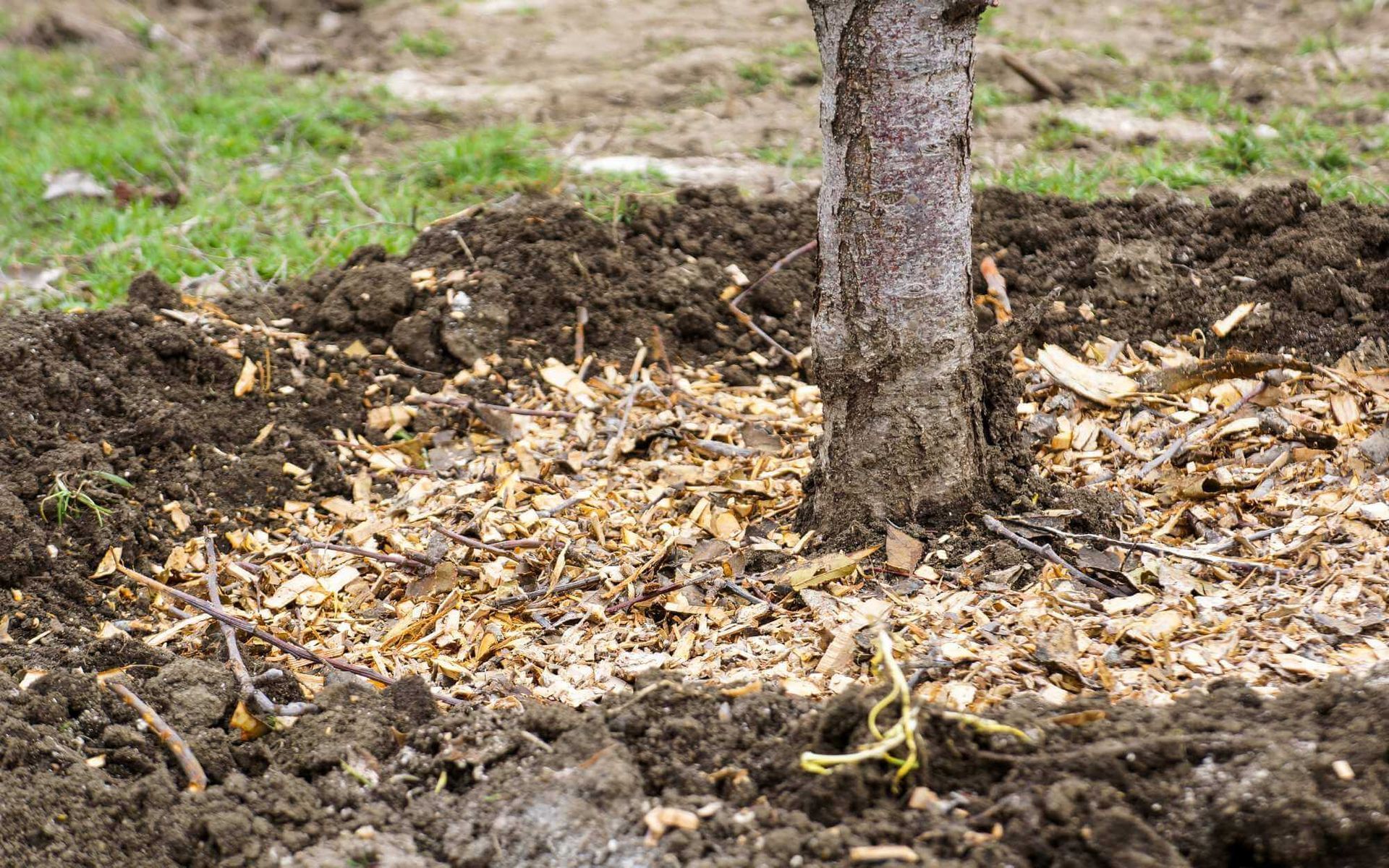Mulching Tactics to Combat Soil Erosion and Compaction
PUBLISHED ON
SHARE THIS ARTICLE

Soil erosion and compaction are two significant challenges that threaten the health of our soil, and by extension, the entire ecosystem. These issues can lead to reduced soil fertility, hindered plant growth, and even contribute to more profound environmental problems such as water pollution.
Herein lies the importance of finding effective strategies to combat these problems. Among these strategies, mulching has emerged as a simple yet powerful tactic. By acting as a protective cover for the soil, mulch can prevent erosion, combat compaction, and promote overall soil health.
This blog post will delve into the intricacies of these
mulching tactics, showcasing their potential to address soil erosion and compaction.
Soil Erosion: Cause and Effect
Soil erosion is primarily caused by water and wind, which gradually wear away the earth's surface.
Overfarming, deforestation, and improper construction methods can accelerate this process, making soil vulnerable to erosion.
The effects range from reduced soil fertility, leading to diminished crop yields, to the silting of waterways, which can disrupt aquatic ecosystems. As the fertile topsoil, rich in organic matter and nutrients, is swept away, plant growth is hindered, compromising agricultural productivity.
Moreover, the eroded soil entering water bodies can degrade water quality, impacting both wildlife and human communities.
Soil erosion presents significant environmental and agricultural challenges, underscoring the critical need for effective management practices like mulching.
Soil Compaction: A Growing Concern

Soil compaction, another key threat to soil health, is defined as the increase in soil density due to pressure applied to the soil surface. This process reduces the soil's porosity, limiting the space available for air and water, vital for plant growth.
Factors causing soil compaction include heavy machinery use, overgrazing, and excessive foot or vehicular traffic. These actions exert pressure on the soil, compressing it and making it hard and dense.
This denseness impedes the movement of water, nutrients, and oxygen through the soil, negatively impacting root growth and function. As a result, plants struggle to absorb the nutrients and water they need, leading to stunted growth, reduced yield, and in extreme cases, plant death.
Moreover, compacted soil is less capable of handling heavy rainfall, leading to increased runoff and associated soil erosion.
Soil compaction presents a significant challenge to both soil health and plant productivity.
The Power of Mulching

Mulching can prevent soil erosion and compaction, promoting overall soil health. Plus, it's a simple and cost-effective strategy for better land management.
- Organic Mulching: This technique employs biodegradable materials like straw, grass clippings, and compost. As these materials decompose, they enrich the soil with nutrients, improving soil fertility while preventing erosion and compaction.
- Inorganic Mulching: This involves using non-biodegradable materials like plastic sheets or gravel. While they lack the nutrient-adding benefit of organic mulch, they are efficient at preventing soil erosion and compaction, particularly in windy or sloped areas.
- Living Mulch: This method uses plants, such as ground cover crops or densely planted flowers, to protect the soil surface. Living mulch can prevent erosion, enhance soil structure, and even provide habitat for beneficial insects.
Mulching benefits the soil by providing a shield against the elements, reducing water runoff, and thus decreasing erosion. It also combats compaction by improving soil structure and permeability, allowing for better water and air movement within the soil.
Furthermore, the decomposing process of organic mulch enhances soil fertility, promoting healthier plant growth.
The Future of Soil Conservation
As we look to the future, advancements in mulching methods and sustainability practices are shaping the future of soil conservation.
Smart Mulching, a concept that integrates technology with traditional practices, uses sensors to adapt mulching to soil needs dynamically. Innovative biodegradable mulches, made from plant waste or other natural materials, are emerging as sustainable alternatives to traditional plastic inorganic mulches, reducing pollution while improving soil health.
Additionally, the integration of mulching with other regenerative agricultural practices such as cover cropping, crop rotation, and no-till farming is showing promise in promoting long-term soil health and resilience.
Keep soil intact and uncompacted for sustainable landscapes!
Mulching, an accessible and efficient technique, plays a critical role in compaction and erosion control. It nurtures soil health, enhances permeability, and curbs erosion.
Organic, inorganic, or living mulches offer varying benefits, enriching the soil and promoting robust plant growth. Consider integrating these mulching materials and strategies in your landscape for healthier soil and sustainable productivity.
For expert assistance, do not hesitate to reach out to
soil conservation professionals. Protect your soil, protect the planet!
Want a free quote or some friendly advice? Call our team today:






